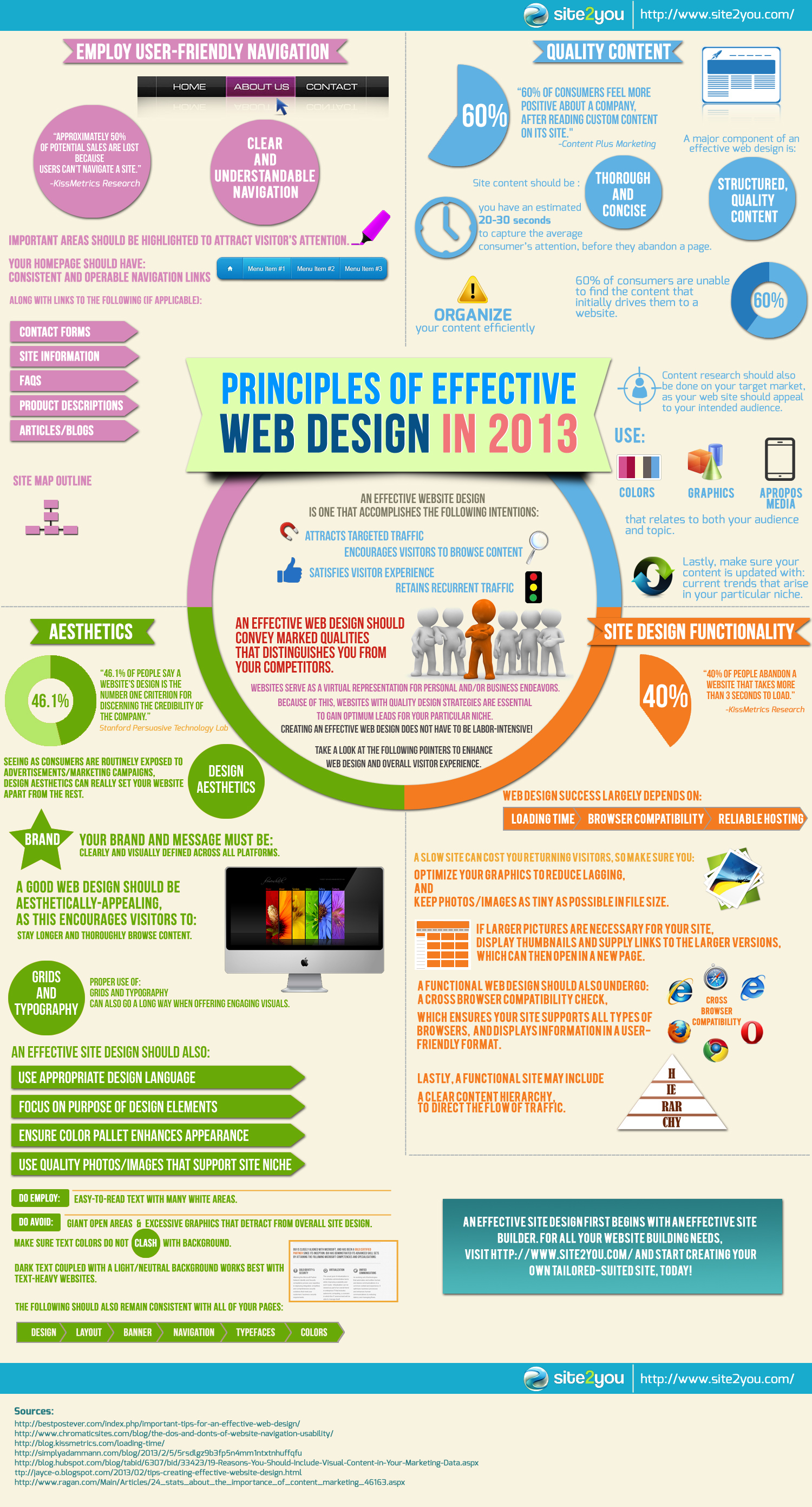Fascinated In Discovering Just How Site Design Has Altered For Many Years? Discover The Progression From Basic, Straightforward Styles To User-Centered Strategies That Focus On The Demands And Preferences Of On-Line Site Visitors
Fascinated In Discovering Just How Site Design Has Altered For Many Years? Discover The Progression From Basic, Straightforward Styles To User-Centered Strategies That Focus On The Demands And Preferences Of On-Line Site Visitors
Blog Article
Staff Writer-Dalrymple Wong
In the past, internet sites were simple and focused on information. Navigating was straight, and design was for desktop computers. Now, user experience is crucial. Data overviews layouts for simple navigating. Receptive designs match various devices. Today, dark setting minimizes pressure, and minimalist menus improve navigating. Interactive features engage individuals, and vibrant visuals stand out. AI assimilation boosts engagement. See how design has actually evolved to enhance your on the internet trip.
Very Early Days of Website Design
In the very early days of website design, simpleness preponderated. Web sites were basic, with restricted shades, font styles, and designs. The focus got on providing information as opposed to showy visuals. Individuals accessed the internet with slow-moving dial-up connections, so rate and functionality were crucial.
Navigation menus were straightforward, usually located on top or side of the page. Sites were designed for computer, as mobile surfing had not been yet prevalent. Content was king, and developers focused on very easy readability over intricate style components.
HTML was the primary coding language utilized, and developers needed to function within its constraints. Animations and interactive functions were minimal contrasted to today's criteria. Web sites were fixed, with little vibrant material or personalized individual experiences.
Increase of User-Focused Style
With the advancement of site layout, a shift in the direction of user-focused design principles has actually become progressively prominent. Today, producing websites that focus on individual experience is vital for involving site visitors and achieving service goals. User-focused layout entails understanding the requirements, preferences, and behaviors of your target market to tailor the internet site's layout, web content, and includes accordingly.
Designers now perform comprehensive research, such as customer studies and usability screening, to gather understandings and comments directly from individuals. This data-driven method aids in creating intuitive navigating, clear calls-to-action, and aesthetically attractive interfaces that resonate with visitors. By putting the user at the facility of the layout procedure, websites can provide a more individualized and pleasurable experience.
Receptive style has actually likewise emerged as a crucial aspect of user-focused style, ensuring that sites are optimized for different tools and screen sizes. This versatility boosts availability and functionality, dealing with the varied ways customers connect with websites today. Basically, the surge of user-focused layout indicates a change in the direction of creating digital experiences that focus on the needs and assumptions of completion individual.
Modern Trends in Web Design
Explore the most recent fads forming website design today. One prominent pattern is dark mode layout, supplying a sleek and modern look while lowering eye strain in low-light environments. Another vital trend is minimal navigating, simplifying food selections and boosting customer experience by concentrating on essential elements. Including micro-interactions, such as computer animated switches or scrolling impacts, can develop an extra interesting and interactive internet site. Receptive style remains essential, guaranteeing seamless user experiences across different devices. Furthermore, utilizing vibrant typography and unbalanced formats can add visual interest and draw attention to particular material.
Integrating AI technology, like chatbots for client assistance or customized referrals, improves user involvement and streamlines processes. https://www.searchenginejournal.com/seo-content-tips/347814/ has also come to be a substantial pattern, with developers prioritizing comprehensive layout practices to cater to varied user demands. Welcoming ada digital accessibility requirements by maximizing web site efficiency for speed and performance is another emerging fad in web design. Working together with customer responses and data analytics to repeat and improve design continuously is vital for staying pertinent in the ever-evolving digital landscape. By embracing these contemporary trends, you can create a visually appealing, straightforward site that resonates with your audience.
Conclusion
As you assess the evolution of internet site design from the early days to currently, you can see just how user-focused style has actually ended up being the driving force behind modern patterns.
Accept the trip of modification and adaptation in web design, constantly maintaining the user experience at the center.
Remain present with the most recent patterns and innovations, and never stop developing your approach to create visually spectacular and user-friendly internet sites.
https://paxtonjezuo.wizzardsblog.com/29869838/enhance-your-digital-footprint-by-choosing-the-perfect-local-seo-expert-for-your-company-uncover-the-trick-to-making-an-informed-decision , adapt, and create - the future of website design is in your hands.
